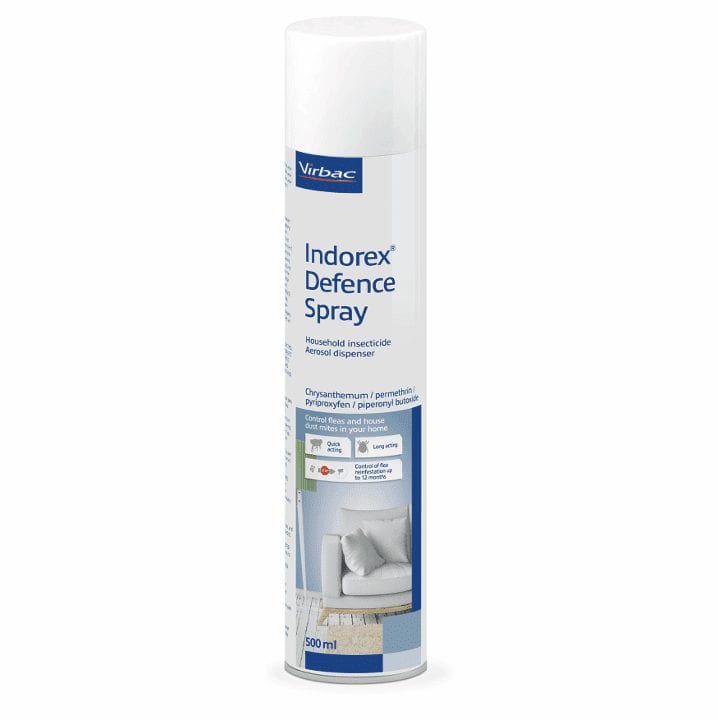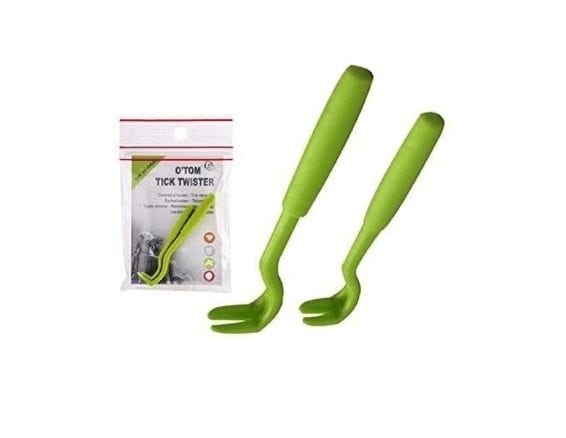How to protect your dog from fleas and ticks
As the weather becomes warmer and we find ourselves on longer and more frequent walks with our dogs, it becomes much easier for fleas and ticks to find their way in their fur.
There are plenty of ways to keep your pet safe and free from nasty bugs, and often the prevention is much better than the cure – especially where ticks are concerned! So we’ve gathered some handy info to help you better understand ticks, fleas and how to deal with them.
What’s the difference between fleas and ticks?
Fleas and ticks both feed on your pet’s blood, can transmit diseases and cause skin irritation. However, there are also many differences that pet owners should be aware of.
Fleas are wingless insects that can jump. They find a host, usually a dog or cat, and stay there until they die. Fleas tend to thrive in warmer weather and are much more likely to infest your house than ticks, bringing their friends along too until your home is covered in them! Fleas often cause skin irritation and carry tapeworms, which are another issue entirely.
Ticks on the other hand are arachnids that feed on a number of hosts, from rodents to deer. While warm weather is thought to be ideal for ticks, they are better adapted to cold weather. Ticks latch onto a host and don’t cause infestations but they should be removed as soon as they’re spotted on an animal – particularly because they carry potentially deadly diseases like Lyme disease.
How do dogs catch fleas and ticks?
Dogs love to explore, especially out and about in parks, fields and farms – wherever you find yourself out on a walk. There’s always a chance that your dog is in an area where they are at risk of catching fleas. Unfortunately, it’s almost unavoidable! Fleas can jump between animals so if your pooch makes a new friend at the park, there’s always a chance that a flea decided to make a new friend too.
It’s easy for fleas to get into your home too. If you have another animal come to visit, they might bring fleas with them and before you know it, you have an infestation on your hands. Flea eggs can attach themselves to clothes and make their way around your home, inevitably causing an infestation and causing all sorts of trouble for you and your dog.
Similarly, your dog might encounter ticks on their walk – especially in long grass and woodland. The tick will drop onto a dog that brushes past its hiding spot, rather than jumping like a flea.
Signs your dog might have fleas or a tick
If you spot your dog itching, scratching or chewing themselves repeatedly, it’s worth checking their fur and skin for fleas or flea faeces. This constant scratching can cause hair loss in patches as well as red, irritated skin. However, it can be quite difficult to tell if your pooch has fleas so it’s important to stick to a regular regime that ensures they’re always protected.
If you’ve been on a walk in an area likely to house ticks, be sure to check your dog as soon as you get home. Ticks often hide on the skin, so to check if your dog has a tick, run your hands over your dog’s body to check for lumps and bumps. Be sure to check under their collar, in and behind their ears and between their toes too – you never know where they might be.
What should I do if my dog has fleas or a tick?
If you find fleas on your dog, it’s important to act quickly. Find a suitable treatment for not only your dog, but also any other animals you have in your household as the fleas may be jumping between them. We’ve mentioned that fleas can infest a home very easily, so as well as tackling the fleas living in your pet’s fur, you should also treat your home for fleas in all stages of life, from egg to adult.
There are plenty of different treatment options out there that will kill fleas on your pet, such as:
-
 Effipro Duo Spot On Flea Treatment for Dogs£18.99 – £26.99
Effipro Duo Spot On Flea Treatment for Dogs£18.99 – £26.99 -
 Frontline Plus Flea & Tick Treatment for Dogs£8.49 – £45.99
Frontline Plus Flea & Tick Treatment for Dogs£8.49 – £45.99
For treating the home there are products such as Indorex Defence Household Flea Spray which can be used to help control fleas and dust mites in the household for up to 2 months after applying it around the house.

Indorex Defence Household Flea Spray
Indorex Defence Household Flea Spray is the UK’s No.1 household flea spray, killing adult fleas and dust mites for up to 2 months after application.
If you’ve found a tick on your dog, it needs to be removed as soon as possible to reduce the risk of disease. Don’t squeeze the tick. Simply twist it gently to remove it from your dog’s skin – there are special tools that you can buy such as the O’Tom Tick Twister that are effective and easier than using your fingers.

O’Tom Tick Twister
One of the safest ways to remove ticks without leaving the mouth parts of the tick implanted in the skin, and without using chemicals.
Protecting your pet
Prevention is the best method when it comes to protecting your pooch against fleas and ticks. Regular flea and tick treatments will keep your dog covered so even if they come in to contact with fleas out and about or in the home, they won’t be a very appetising host!
This simple routine – which usually involves putting a droplet of treatment onto your dog’s skin – every four to eight weeks will keep your dog healthy, avoiding a range of disease and irritation that ticks and fleas cause. Treatment is often affordable and simple to administer too, so it isn’t hard to do your bit for your four legged friend!
Phil’s top tips:
- There are some great flea treatments out there, both preventative and for if your dog has fleas. Set a reminder on your phone or calendar to flea your dog so they’re always covered
- If your dog is a fan of long grass, always check them for ticks when you get home from a walk
- Keeping your home clear of fleas is just as important as keeping your dog’s flea treatment regime up. Basic cleaning such as regularly washing bed sheets, emptying dust from your vacuum and keeping carpets and floors clean will go a long way to keeping fleas at bay!
